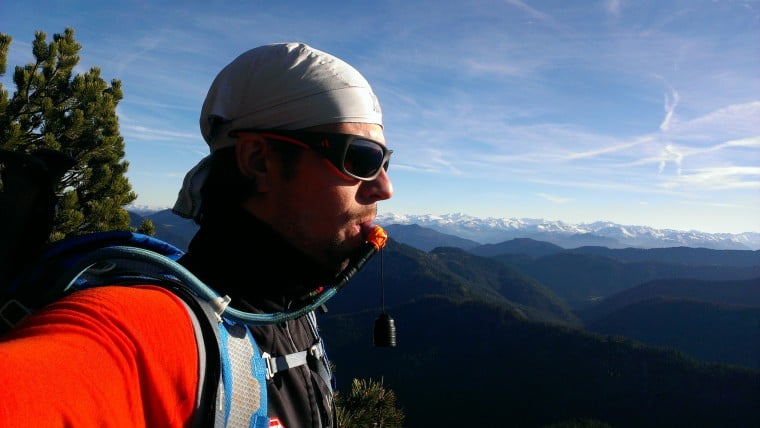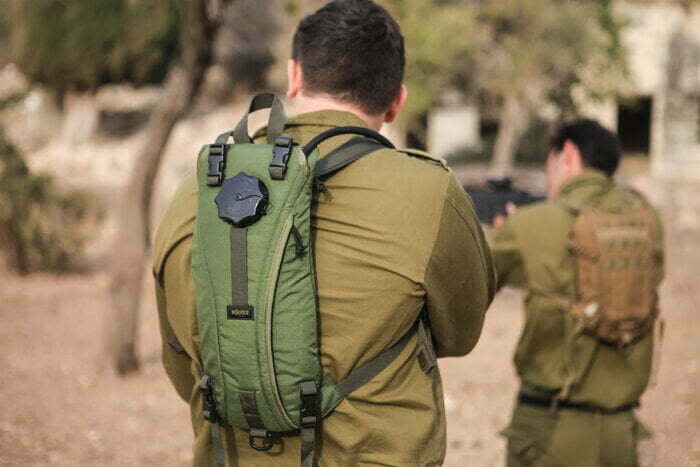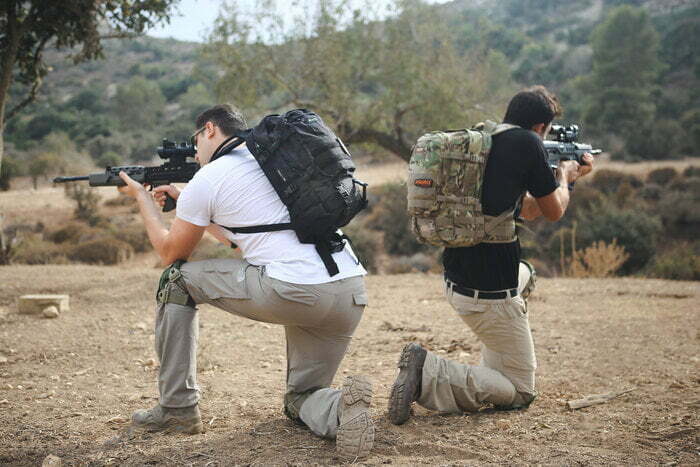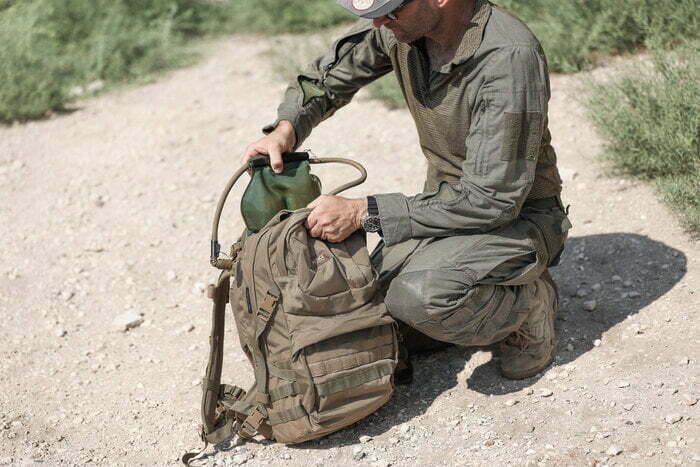Hydration in winter – keep the flow!
Snowboarding, skiing, ice climbing, hiking, running or biking in winter: hydration in the cold is just as important as in the summer heat. Here are some important facts and tips about hydration in cold weather.
The cold winter air is dry and with every breath we take it absorbs humidity from our body – that’s a well known and important fact and one of the reasons why hydration is a big deal in wintertime. But there’s more: In the cold, we also subjectively don’t feel as thirsty as we do in Summer. For one because we don’t feel we’re sweating as much as in summer heat (which is deceiving). And also because in cold weather our body goes into something like a freeze-protection mode, which makes us perceive our thirst less than in the summer heat.
Although we don’t feel as thirsty, hydration is key for a good performance in winter as it is in summer. Some scientists even found evidence that hypothermia is more likely to strike when dehydrated

Keeping the flow – prevent hydration freeze
Hydrating in winter raises technical questions: How to hydrate in freezing temperatures? You don’t want to take your gloves off to take a sip. A Hydration System – packed close to the body or stored in a dedicated insulated Winter Hydration Pack – allows you to hydrate hands-free.
Our Source Hydration Systems are built for year round use. For freezing cold temperatures we offer the Winter Tube Kit. With one click your summer hydration system is ready for temperatures below freezing point:
- The insulated tube protects your drinking water all the way from the bladder to the valve.
- The Push/Pull Drinking Valve included in our Winter Tube Kit features higher flow and no silicone parts, thus makeing it less likely to freeze (read more about our valves in last week’s blog-post).
- Last but not least: Our drinking tubes have a wider diameter than the industry standard. This feature allows for better flow and gives you extra protection against hydration freeze.
What else to do..?
Cold suppresses thirst, so schedule drinking at regular intervals.
Also, frequently take sips from your reservoir to avoid hydration freeze.
In extremely cold temperatures, it’s recommended blowing briefly into your drinking tube before and after drinking to push the water from your tube back into the bladder.
The average adult loses 1½ to 2L of water each day. Being in a cold-weather climate can add to this water loss through the increased excretion by the kidneys, perspiration and evaporation from the lungs (the breath you see on a cold day). Remember that you must drink even when you are not thirsty. Note that actual fluid requirements are dependent upon the level of physical work performed, the temperature and what you are wearing and carrying.
If you use our winter-gear as recommended more extravagant measures, such as adding alcohol (Vodka), salt or electrolytes to your drinking water to lower the freezing point, shouldn’t be necessary.
Filling your bladder with hot water (maximum 60ºC/140ºF) can be a nice plus for the first few hours in any case!






 Facebook
Facebook google
google